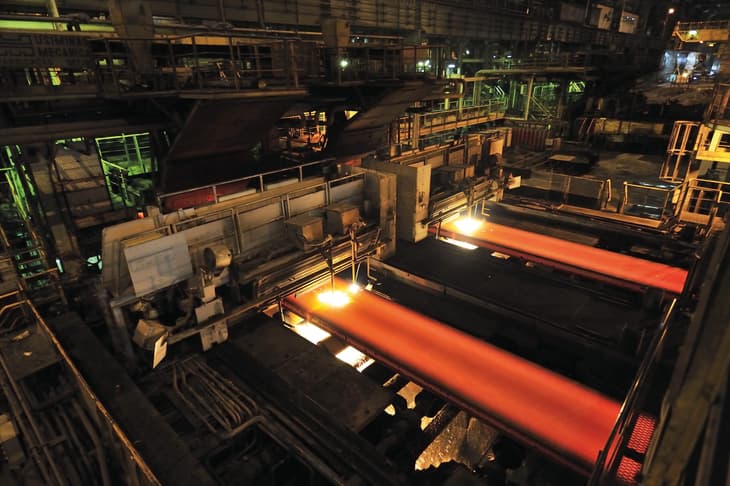Steel production accounts for 8% of global carbon dioxide (CO2) emissions1, making it one of the most polluting industries. With around 1.4 tonnes of CO2 emissions per tonne of steel produced2, against a backdrop of increasing environmental concerns, the need to clean up the process that produces a vitally important material only continues to grow.
Steel, in the most basic sense, is made by mixing carbon and iron at temperatures above 1,400˚C. Primary steelmaking uses a product dubbed Pig Iron – smelted iron from ore, which contains more carbon than needed for steel.
Steelmakers can use a system that bubbles oxygen through molten pig iron, creating equal oxidisation throughout the metal, in doing so, removing excess carbon, while also vaporising or binding impurities made up of elements such as silicon, phosphorus and manganese.
... to continue reading you must be subscribed






